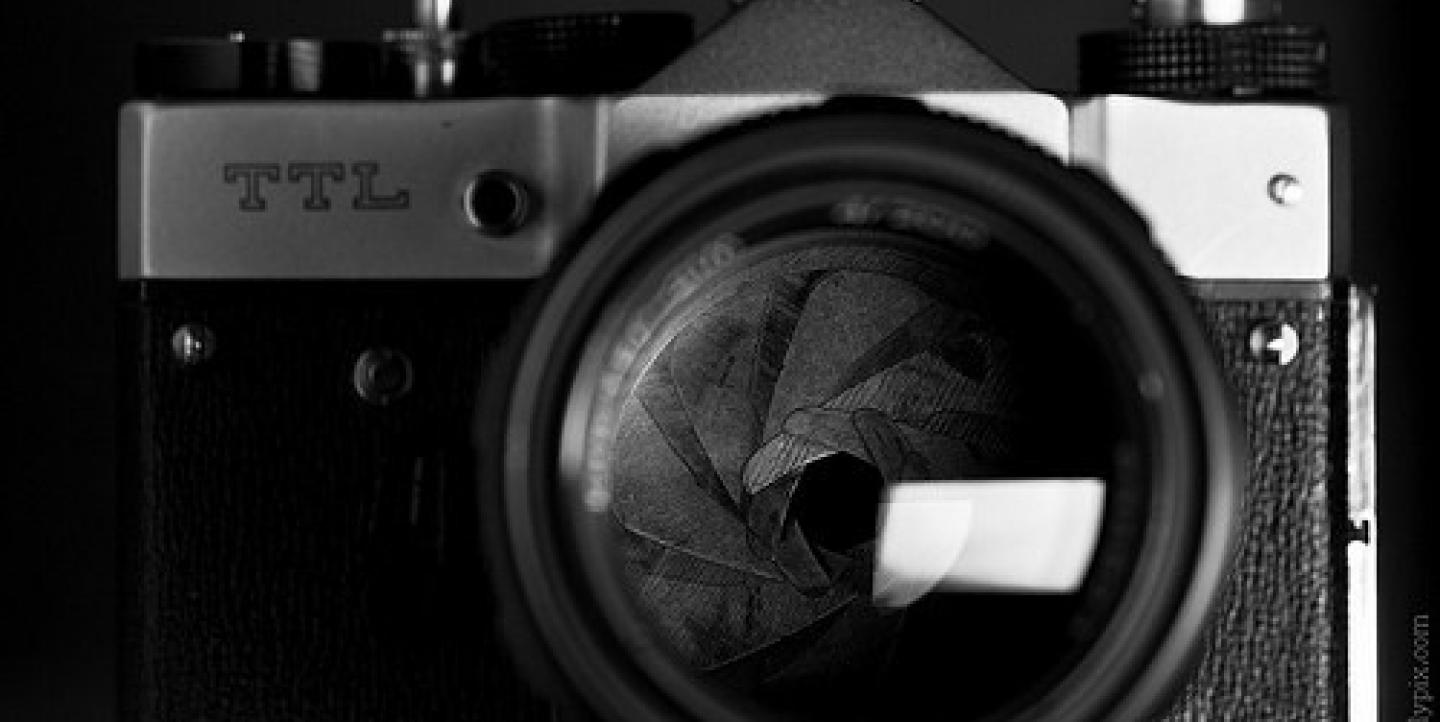IJNet wraps up a series on tips for journalists shooting video and photos with what to capture in an image, amateur photo mistakes and the pros and cons of photography.
What to put in the shots
Action
We may consider film and motion pictures to be synonymous, but many good photos show motion as well. This doesn’t have to mean sports and cars - motion can be leaning forward in a conversation. It can also be hands making a gesture to emphasize a speaker’s point. Action tells the audience that things are changing and your subject is a part of it.
Emotion
This is often the hardest to find, but it tells the most. Laughing, crying and frowning in a subject can create a link in the audience through sympathy. People naturally want to laugh when others laugh and cry when others cry. This sympathetic link that connects us can be carried in photos. Learning to incorporate emotion in shots will help the audience feel the message instead of just seeing it.
Rookie mistakes.
- Group photos: it’s hard to make one person look good, let alone twenty. Photos are not a good way to show the magnitude of a program. Words work better.
- The grip-and-grab: This is the classic diploma, big check, certificate, etc. photo op. These shots look posed and the people look about as interested as the audience is going to be. Look for shots of emotion: mothers’ tears of pride, friends hugging, etc.
- People at a computer: It’s not real action. It almost never seems like people are doing things. Computers are used almost everywhere by just about every profession. It’s the visual equivalent of showing someone with a pen or pencil. It is fine to have a computer in the shot, but don’t make it the primary visual element.
- Staying in one spot: if you want active moving photos, you have to be an active moving photographer. In addition, the distance between you and the subject can change the way distances look and the angle of the shot can affect the way the light accents features. By using different angles and distances, you increase your chances of getting a better photo.
Choose wisely.
There are many ways to tell a story and photography is only one. Photography is not the best medium for every task. Your story may be better told as an audio feature, a written account or a video. If you choose to tell the story with stills, make sure to use the medium for its strengths.
Strengths
- Photography is the most accessible of the visual media. It is cheaper and less time consuming than animation or film. It also requires less equipment and digital storage space.
- Photography is the often the fastest visual media. It’s not unusual to shoot on site and have photos ready the same day. This is rarely possible with video.
- A photo truly can be worth a thousand words if it is done correctly. Photos have the ability to show very complex stories that sometimes cannot be told well in words.
- People communicate without speaking in every situation. Describing non-verbal communication in written media can seem biased and unfair, but a photo can capture non-verbal signals without jeopardizing the reporter’s credibility.
Weaknesses
- It is sometimes difficult to tie a subject’s photo to his words. Video is typically better and establishing a connection between a subject’s ideas and the audience.
- Photographs mean more in context. Photos typically depend on other media to give this context. Video and written media are better at standing alone.
- Photos need movement, action and visible emotion. They are not good for conferences or meetings.
Image CC-licensed on Flickr via Max Mayorov.

